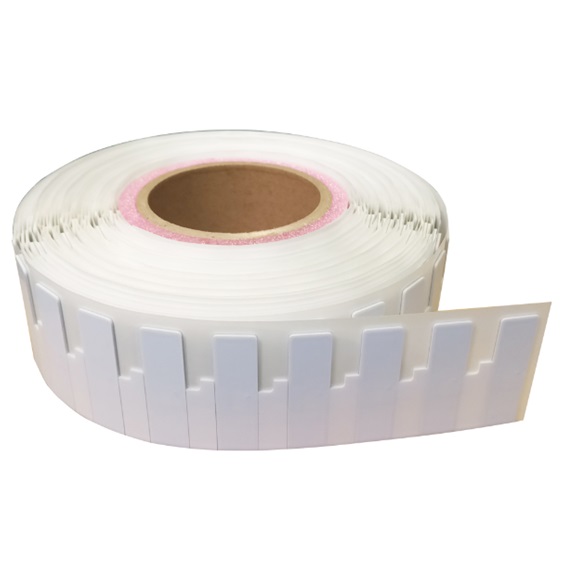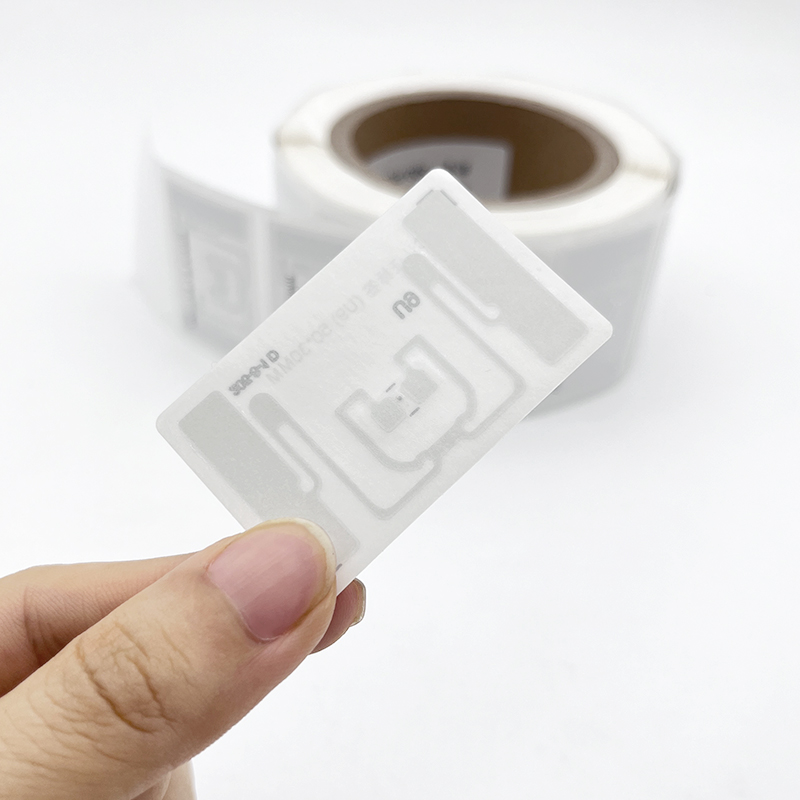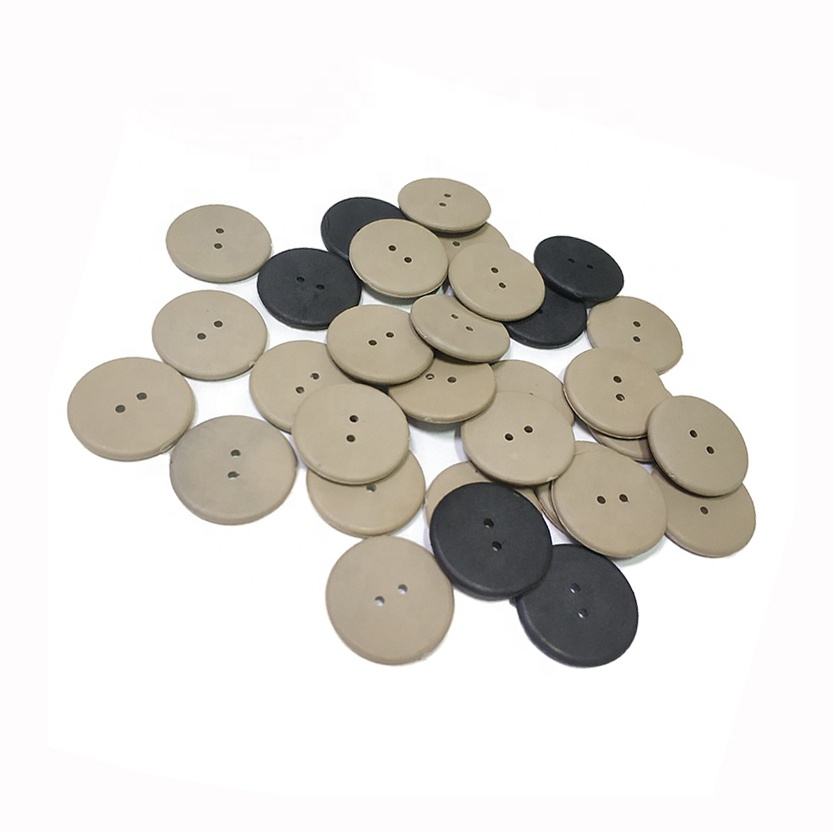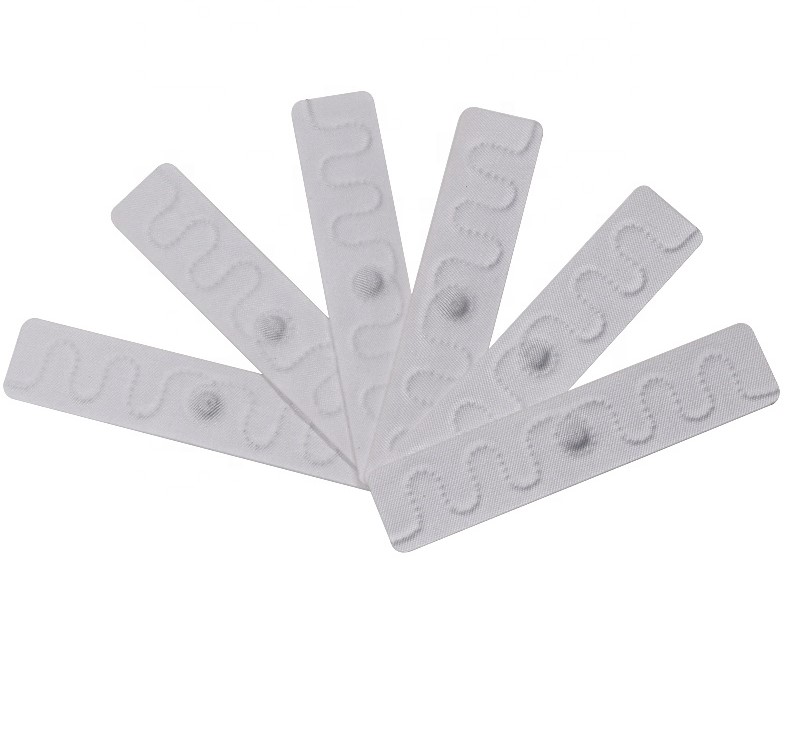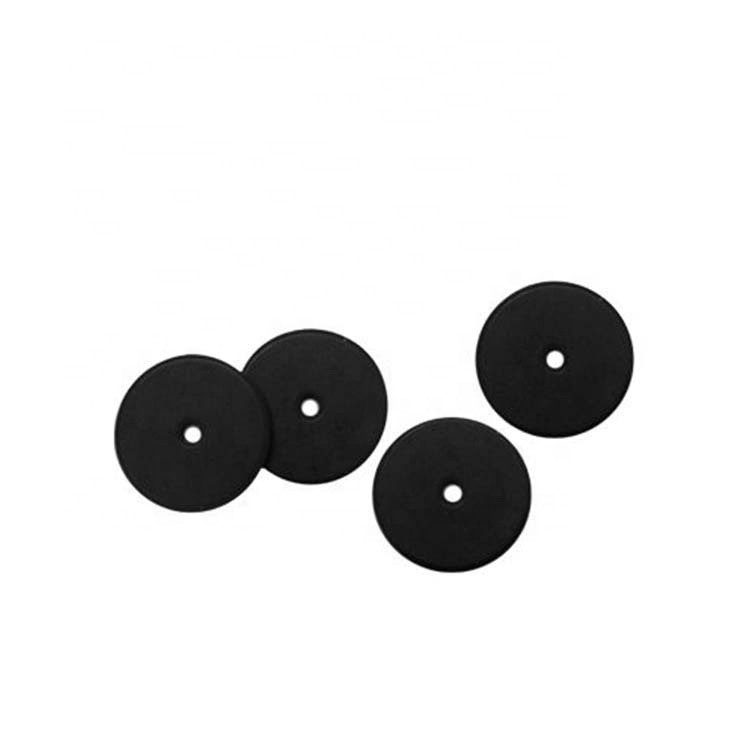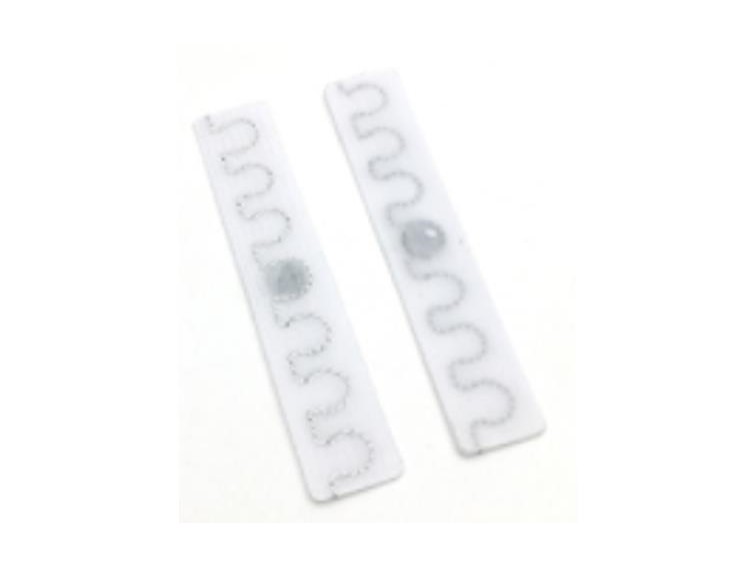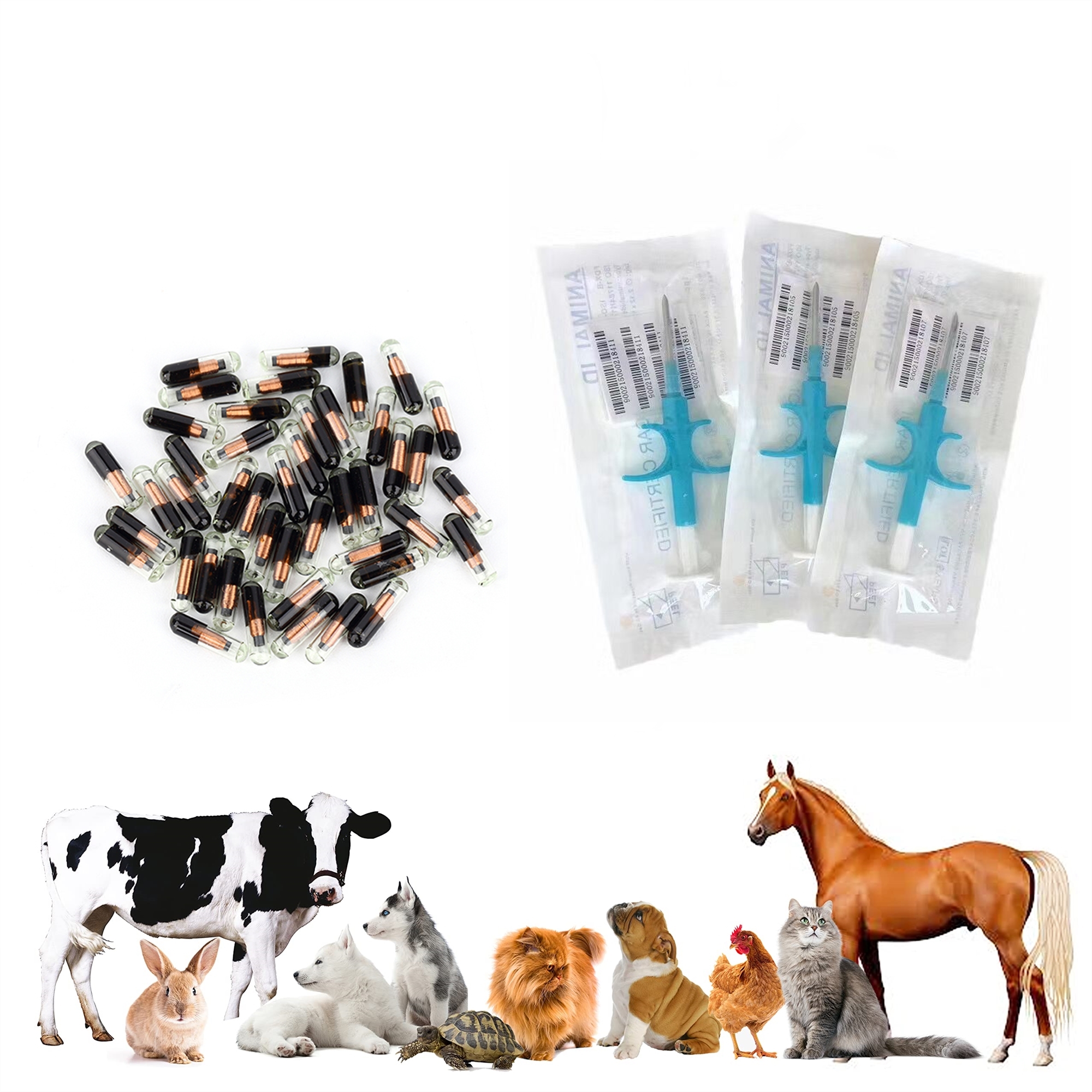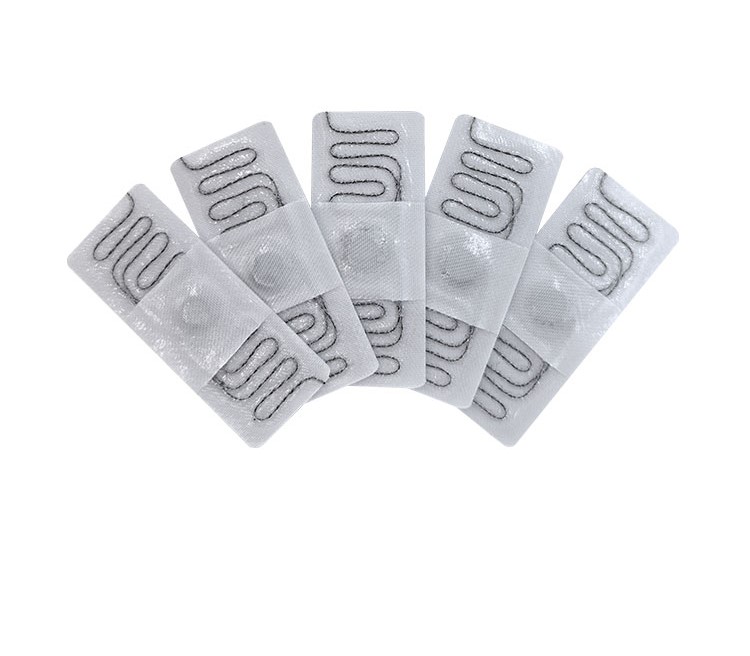
Lorem ipsum dolor sit amet, consectetur adipiscing elit, sed do eiusmod Lorem ipsum dolor sit amet consectetur adipiscing elit, sed do eiusmod lorem ipsum
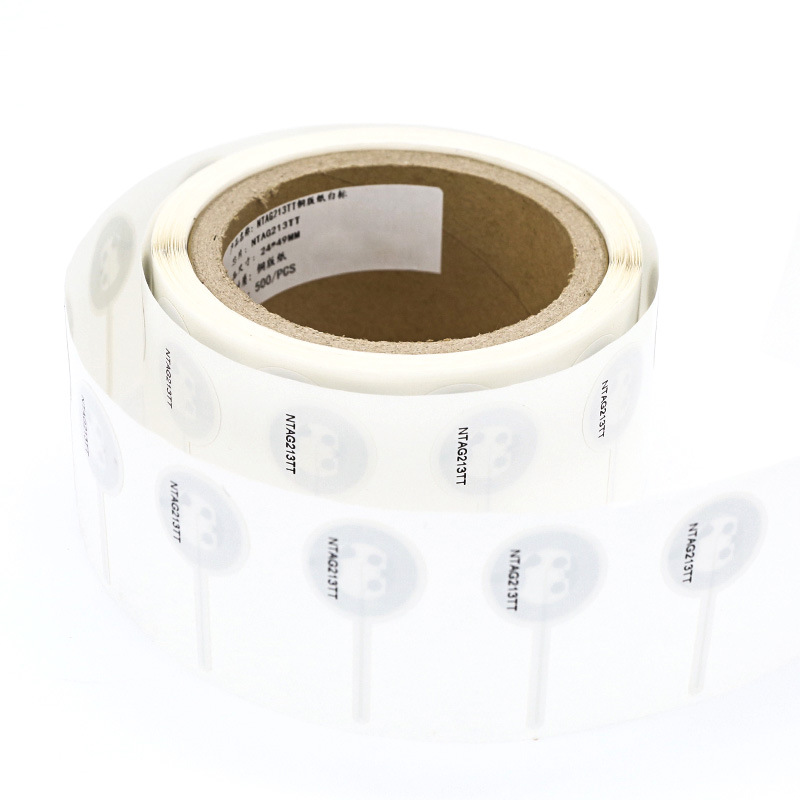
Flexible Long Distance PET Coated Paper RFID Inlay
Flexible Long Distance PET Coated Paper RFID Inlay ensures high-performance tracking with durable, flexible design, strong adhesion, and cost-effective RFID solutions.

Why Magni is Integrating RFID Tags into Its Cranes
Magni’s RFID-integrated telescopic handlers enhance safety, efficiency, and precision in heavy lifting, revolutionizing operations in mining, construction, and logging.
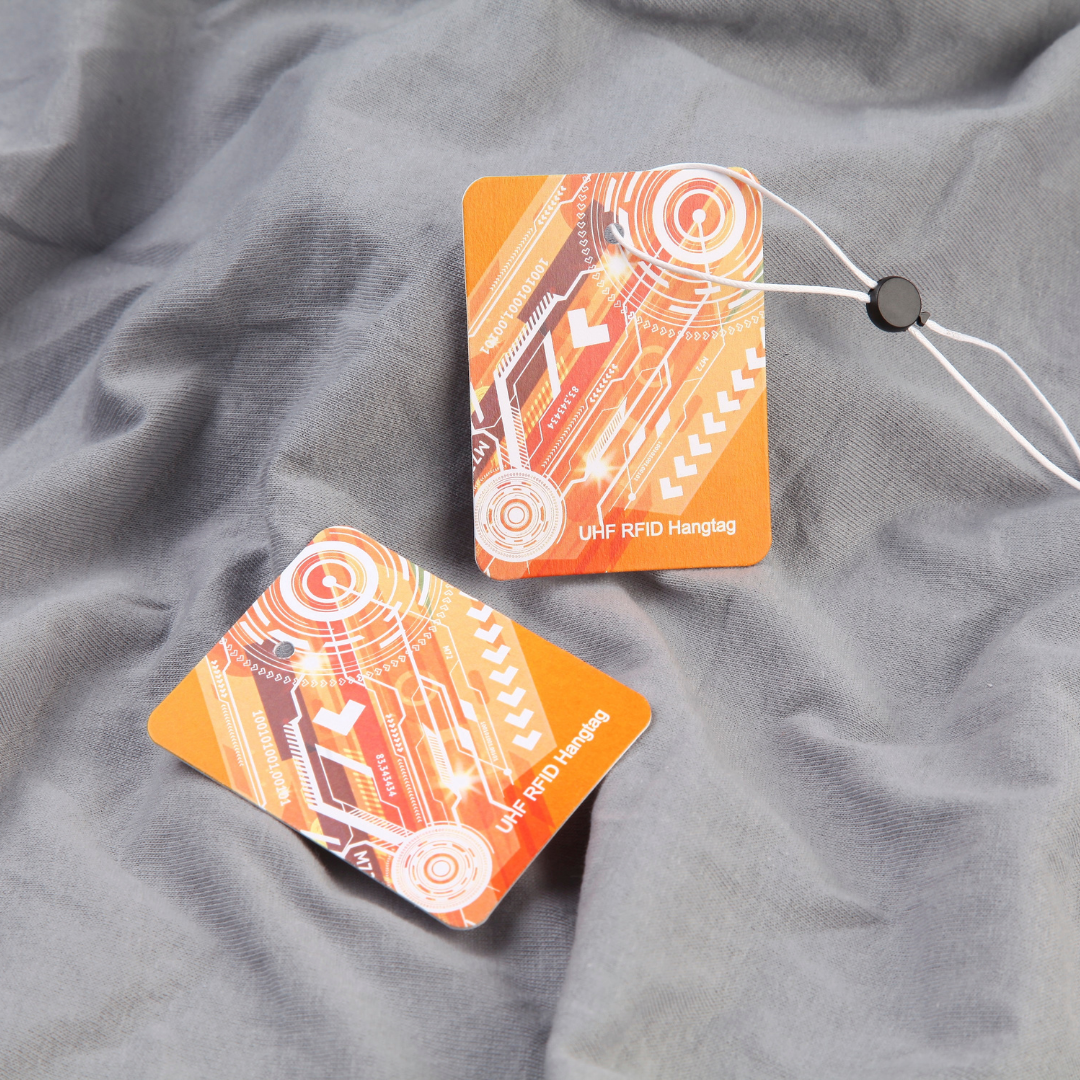
RFID Technology Revolutionizing Supply Chain Management
RFID technology enhances supply chain management in the clothing industry by improving inventory accuracy, efficiency, and reducing costs.

